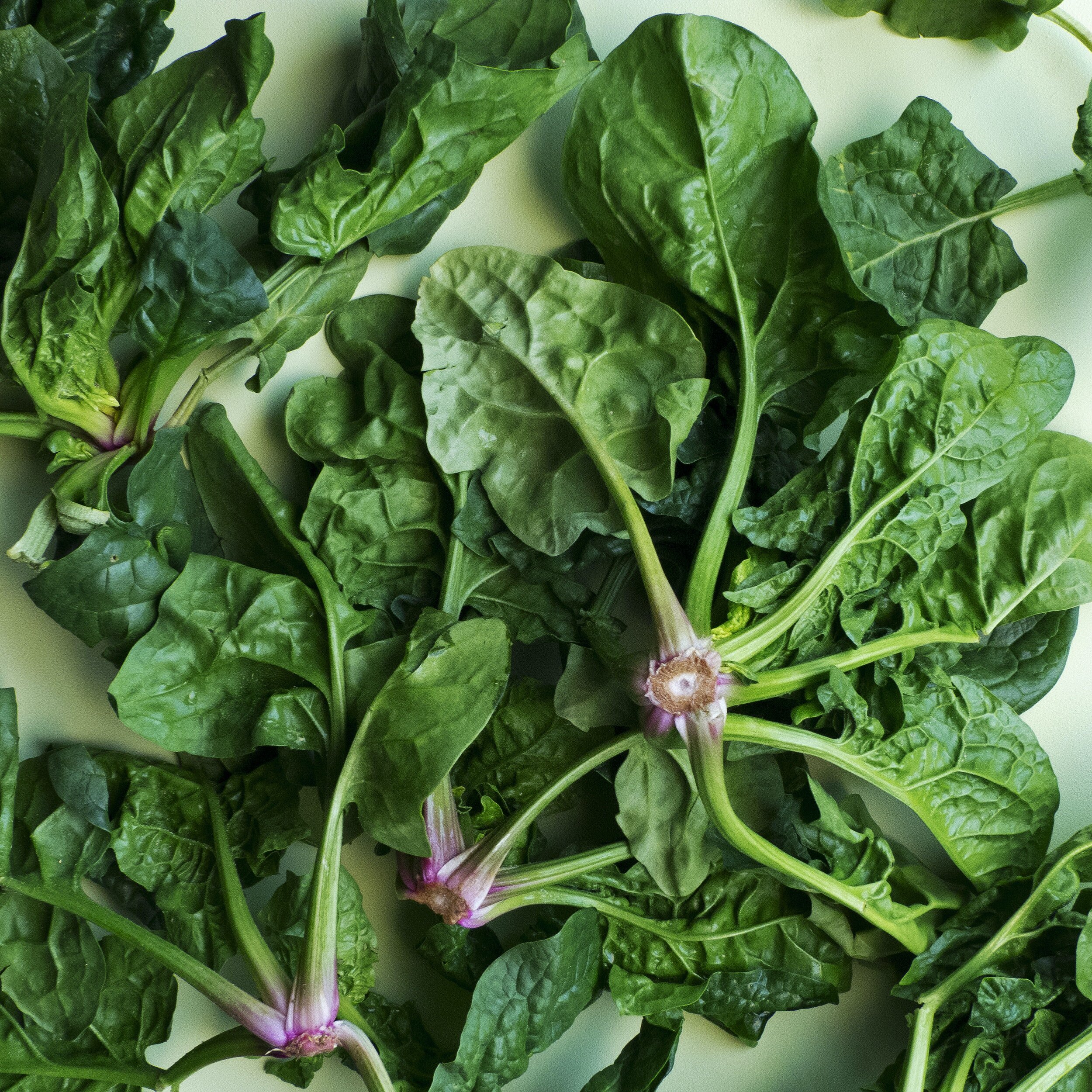Late Winter and Spring Is Kapha Season
Late Winter and Spring are the seasons governed by the Kapha dosha.
Kapha is the subtle energy of earth and water. Just like Earth, when balanced our bodies are ⅔ water. Balanced kapha helps us feel calm and content, our taste is clear and our diet builds tissues by nourishing all our cells and organs of the body. Kapha lubricates your joints and air passages and protects all of the body’s physical systems. Kapha is moist, cold, heavy, static, sticky, soft, cloudy, slow and smooth.
The primary characteristics of Spring are cold, moist, sticky and cloudy and can easily throw kapha out of balance if we do not adapt our routines and diet to accommodate the shift in climate. The obvious of course is to continue to dress warm but it is also appropriate to eat mostly warm cooked foods and warm drinks. Kapha is harmonized by the tastes of bitter, pungent and astringent so add more greens such as kale, chard, collards, spinach, warm and cleansing spices such as garlic, ginger, turmeric, onion, citrus (not too many oranges due to their sour post digestive nature), and legumes to your diet.
Pay attention and keep well hydrated especially when March winds are blowing or spring storms are moving in. It is easy to dehydrate at a faster rate in this season as the colder temperatures do not cause us to sweat and we do not realize how much water we are losing in the drying winds. Spring is a good time to pick up a more vigorous exercise regime to remove the stagnant nature of late winter’s kapha effects. Take a brisk walk after meals to boost your digestive fire and combat any sluggishness of the kapha dosha. Try to be asleep by or before 11pm as the hours of sleep before midnight when your body is busy recreating on a cellular level are the most rejuvenating of the night.
By acknowledging the dosha that rules the season even when it is not our primary dosha will help us live in a more balanced and harmonious way and protect our ability to stay well. And remember Spring is an optimal time to do Panchakarma.
It is better to eat mostly cooked foods during vata’s season and always a good idea to eat a rainbow of colors in every meal so fall is a good time to make more complex curries, stirfry’s and soups.
When cooking vegetables with proper spices you can alter the digestibility. Most spices become more bioavailable when heated first in a little oil.
Fall is a great time to enjoy fresh ginger tea and sweet and warm spices like cinnamon, basil, bay, cardamon, cumin, cloves, lavender, oregano, sage, turmeric and vanilla. Remember that many spices such as turmeric become more bioavailable when mixed into warm oil like in a stir fry.
Vata responds so well to grounding activities, fall is a great time to listen to more soothing music, meditate on a regular basis or sit quietly and commune with nature. I love to meditate outside in he morning. The soft background sounds of birds singing and leaves rustling in the breeze are very soothing and start my day off in a very calm place. Regardless of where or when…
MAKE TIME TO RELAX EVERY DAY! 🙂




